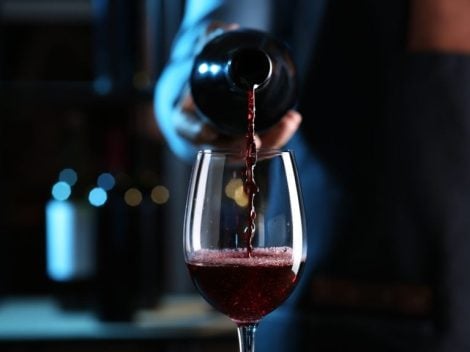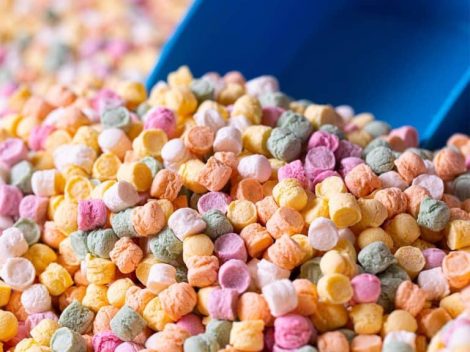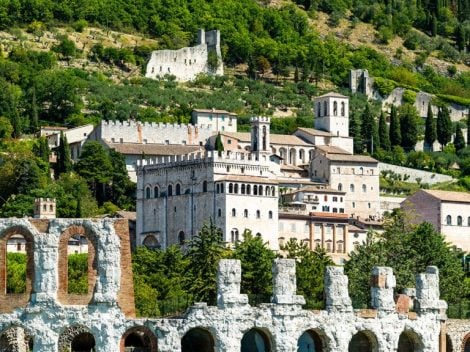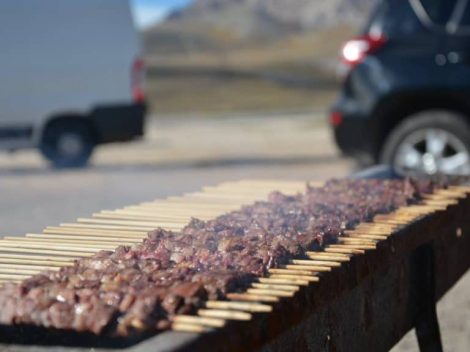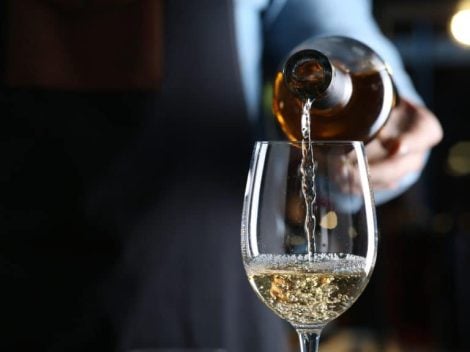It's not just a matter of dosage. And global warming is involved, but only partially. The taste of Champagne is undergoing a clear evolution, not only for the world's most joyful wine. All labels released for sale are much more ready, fresh, and drinkable than a few years ago. They have less structure, less concentration, less density. Sometimes even enviable finesse. We were thinking about this as we uncorked two absolute firsts produced by well-known houses: a Blanc de Blancs and a Blanc de Noirs.
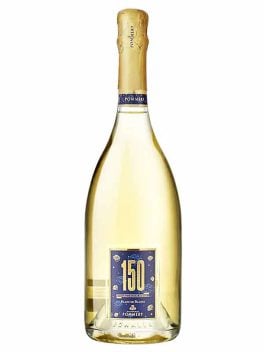
Champagne Cuvée 150 Pommery
Euro 140
Disgorgement: Spring 2023
Cellar master Clément Pierlot shows a hand certainly lighter and more subtle than his predecessor Thierry Gasco. The cuvée celebrating the 150 years since the birth of the first Brut in history, wanted by Madame Pommery in 1874, is of good finesse and aromatic purity. It is a Blanc de Blancs produced from 10 grand cru villages between Cote de Blancs, Valle della Marna, Montagne de Reims, with a small percentage of grapes from Les Clos Pompadour. 854 bottles produced, so much character. It offers a clear and very fragrant profile with tones of jasmine and fresh almond, essential and precise. The attack on the palate has energy and mineral depth. Clear progression and a finish of mint, white pepper, and lemon zest. Base 2016, stainless steel only, rests on the lees for 6 years, and the dosage is Extra Brut. Pairing? Amberjack carpaccio, ginger, lemon zest, a drizzle of good oil.
While waiting for the release of Cuvée Louise 2008 (the 2007 was not produced), we tasted the Cuvée Louise Nature 2006 again, which seems to express, especially on the palate, all the richness of the vintage. Stylistically, it is diametrically opposite to Cuvée 150.
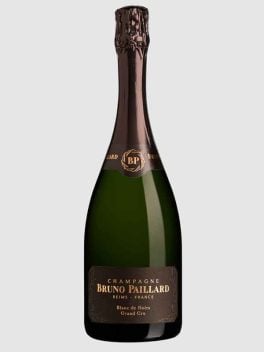
Champagne Blanc de Noirs Grand Cru 2018 Bruno Paillard
Euro 100
Disgorgement: November 2022
Citrusy and chalky is the profile of the first Blanc de Noirs at Paillard. Pinot Noir grapes come from four Grand Cru: Verzenay, Mailly, Verzy, and Bouzy, three of these have a more northern exposure. Only a small part, 15%, ferments in used barrels, then matures on the lees for about 3 years. The initial sensations are of bergamot and mandarin, with a profile of wild strawberries and roses in the background. The palate is still compact but already expressive with tones of green tea, a well-marked salinity, and a slow and continuous expansion. There is a slight dilution in the vintage-related development, but the finish is harmonious with a slightly spicy and tasty note. Pairing? It hummed along with smoked duck breast, but we also see it pairing well with Cantonese shrimp and pork rice or a smoked salmon fillet. The same lightness, in a completely different context, was also found in the exceptional Nec Plus Ultra 2008. And the credit is not only due to the vintage but to a stylistic update in line with the times. Lightness, Lightness, Lightness.
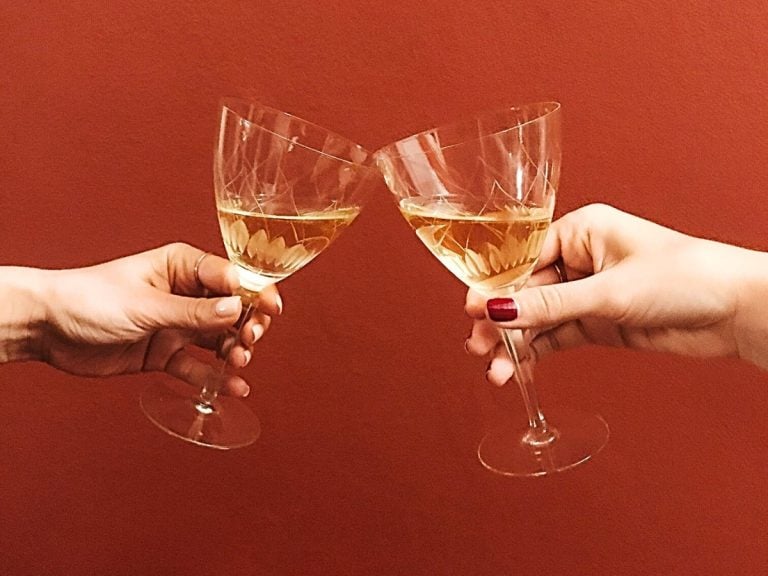
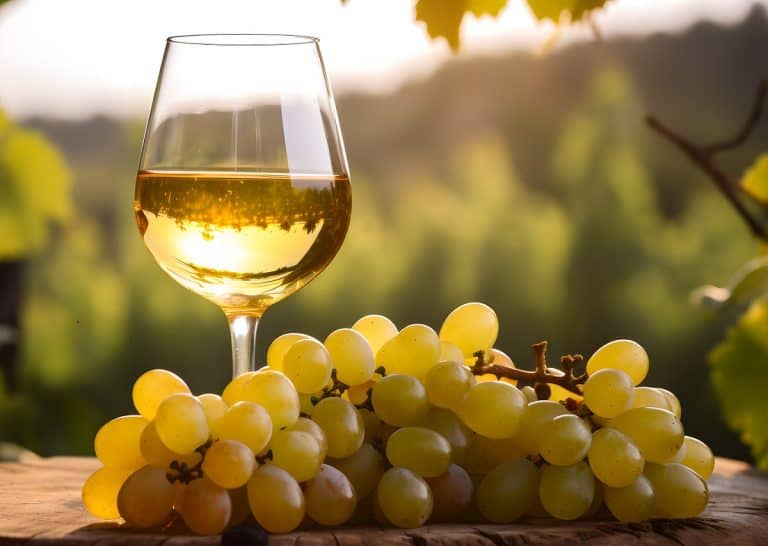 The 8 best Vitovska Wines from Friuli Venezia Giulia selected by Gambero Rosso
The 8 best Vitovska Wines from Friuli Venezia Giulia selected by Gambero Rosso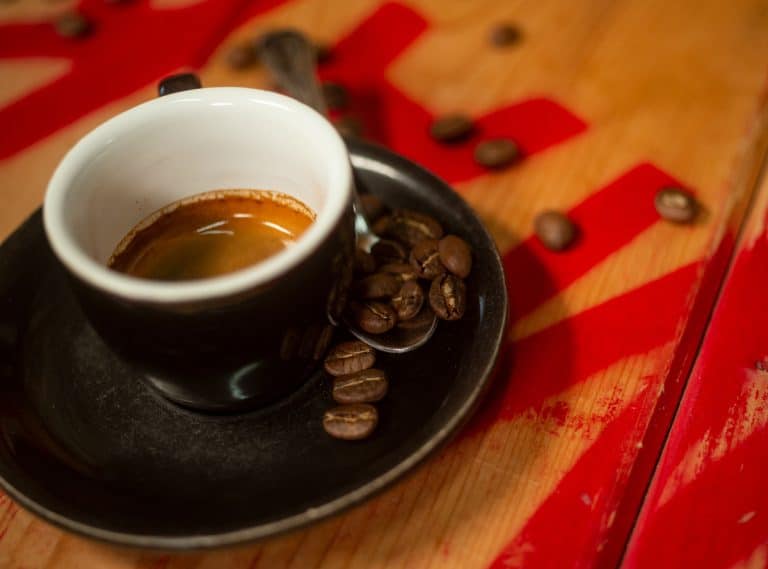 History of the hidden specialty coffee shop in an agricultural market in Rieti
History of the hidden specialty coffee shop in an agricultural market in Rieti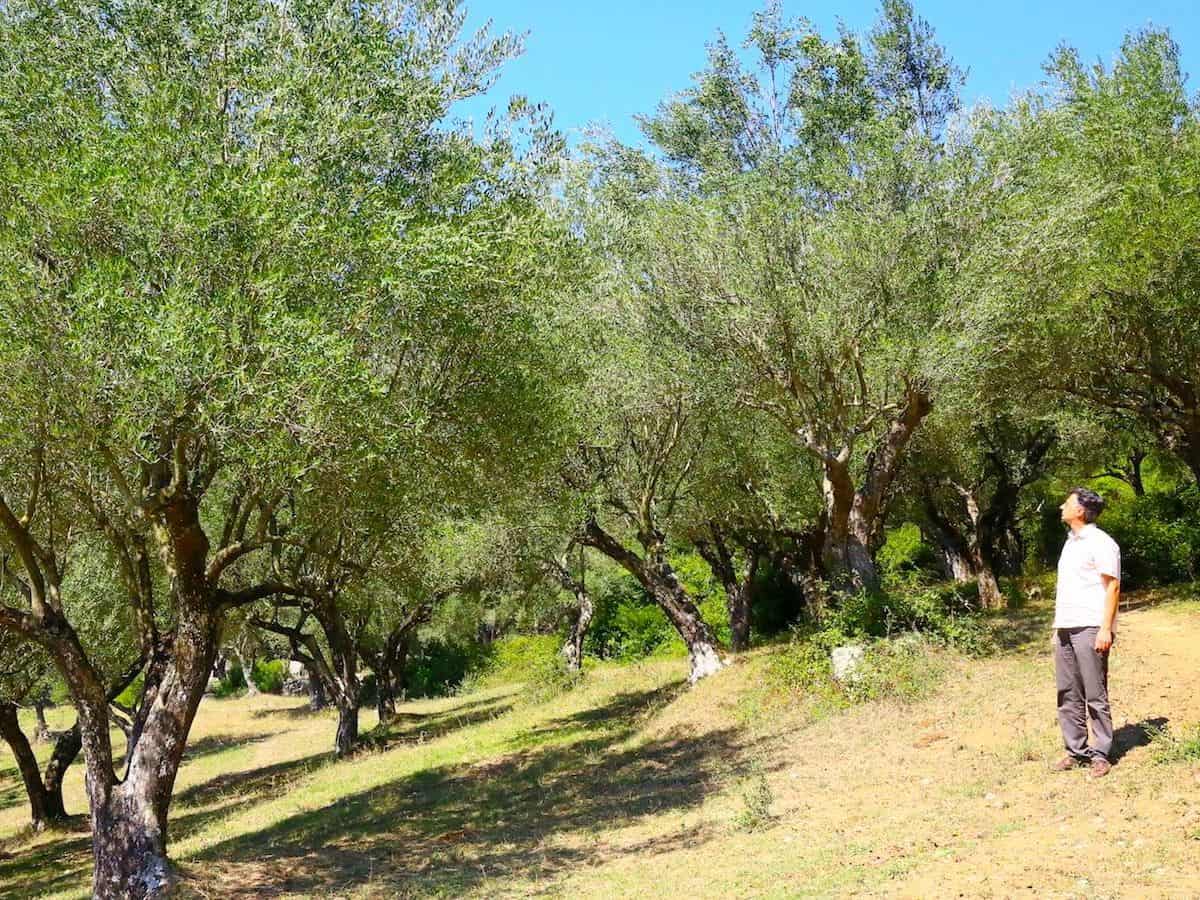 "For me, making olive oil is an act of pure selfishness." The story of the small olive press that has made Cilento great
"For me, making olive oil is an act of pure selfishness." The story of the small olive press that has made Cilento great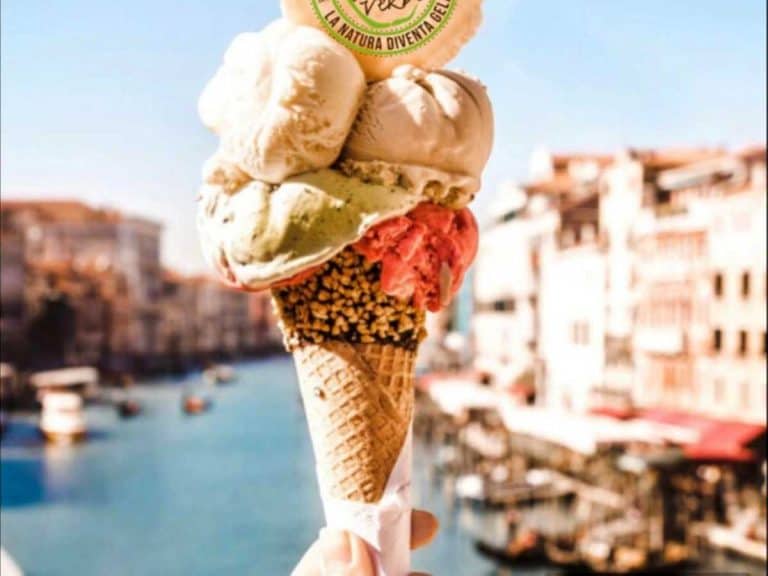 The best gelaterias in Venice chosen by Gambero Rosso
The best gelaterias in Venice chosen by Gambero Rosso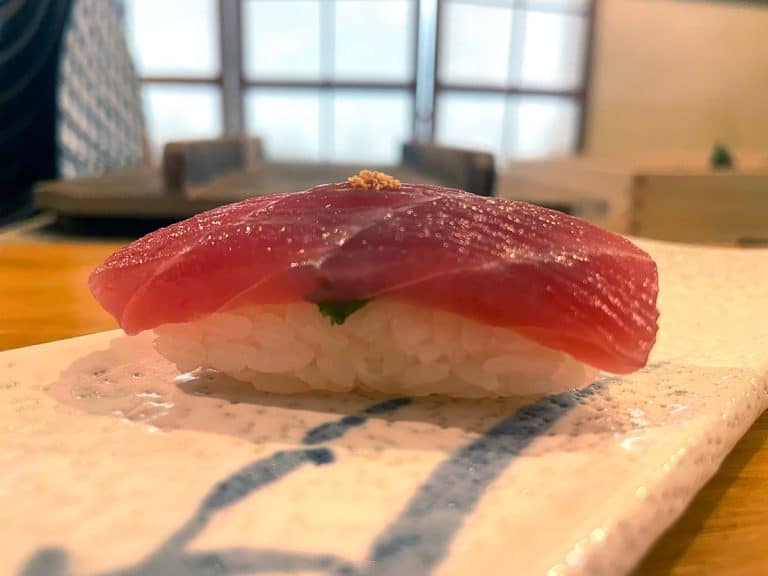 The small Japanese restaurant on the outskirts of Rome, perennially sold out
The small Japanese restaurant on the outskirts of Rome, perennially sold out
